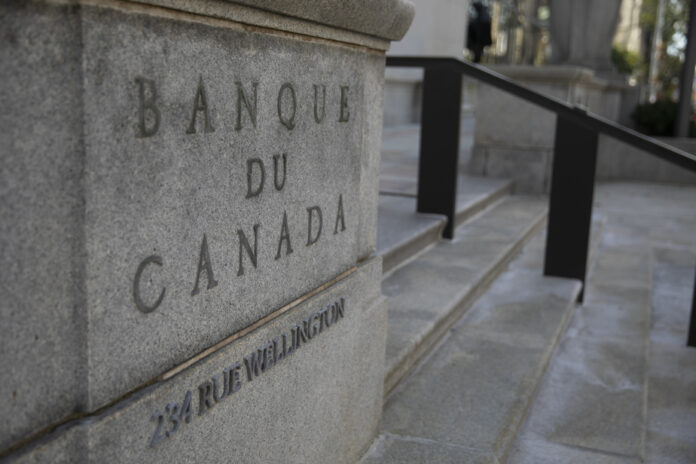As predicted in financial circles, the Bank of Canada is raising its key interest rate by another quarter of a percentage point, or 0.25%, to bring it to 5%, the highest level since the spring. 2001.
The vast majority of economists and financial analysts expected this decision, since the Canadian economy continues to show more strength than expected.
According to the central bank, this further increase in interest rates is necessary because of the strength of demand and the strong inflationary pressures in the economy.
“Robust demand and tight labor markets are driving persistent inflationary pressures in the services sector,” the Bank of Canada said in its monetary policy statement, released Wednesday morning.
The central bank also considers that it will take longer than expected before inflation returns to its 2% target,
It now expects inflation to hover around 3% for the next year, before gradually declining to 2% by mid-2025.
Inflation slowed in May to 3.4% after peaking at 8.1% a year ago in the summer of 2022. This is “good news” according to the Bank of Canada, although it notes that “underlying price pressures appear more persistent than anticipated.”
To fight against inflation, the central bank has already raised its key rate ten times since March 2022.
Last month, in June, it rose another 0.25 points to 4.75%.
The somewhat surprise rise came three months after the Bank of Canada was the first major central bank in developed economies to pause its rate hikes.
For the rest, the Bank of Canada did not give any indications on Wednesday as to its next interest rate decision, expected in early September. At most, it affirms its determination “to restore price stability for the people of Canada.”
Meanwhile, in its updated economic outlook, the Bank of Canada expects gross domestic product (GDP) growth in the Canadian economy to average around 1% in the second half of 2023 and the first half of 2024. GDP growth is then expected to pick up again in the second half of 2024.
In these projections, the Bank of Canada takes into account the effects of higher interest rates on household spending and business investment to explain this slowdown in economic growth.











